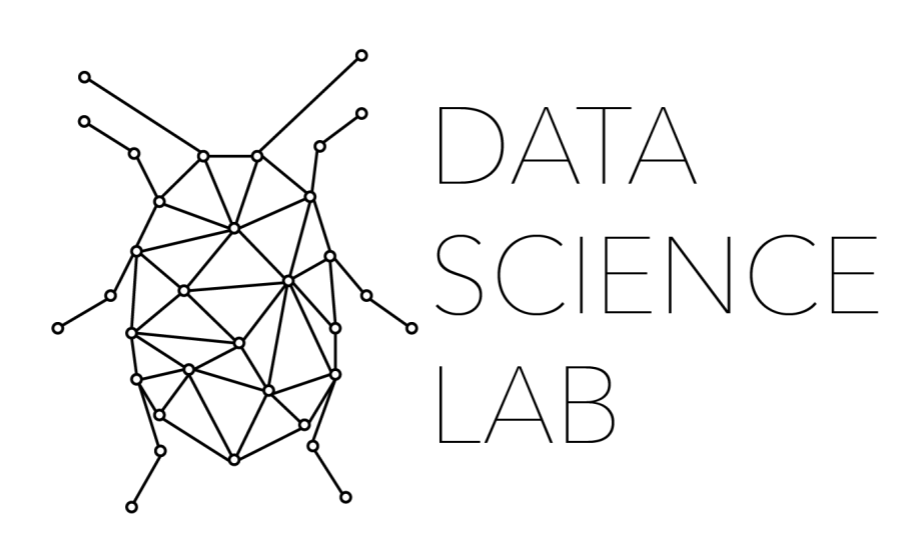3. Bigrams and Trigrams ¶
3.1. Key Concepts in this Notebook¶
unigrams
bigrams
trigrams
3.2. Introduction¶
Let’s take a moment and step away from the subject of this textbook, topic modeling. Instead, let’s think about language, the essential medium of topic modeling. This notebook will be exclusively about one aspect of langauge: bigrams and trigrams. When we use words, those words correspond to something distinct.
If I use the word apple, you likely are thinking of something like this:

Apple is a simple word, yet it can mean different things in different contexts. What if I said the following: “My Apple is better than a PC.” Now, what image comes to mind? Perhaps this?

Textual ambiguity, however, occurs in more dynamic ways when we think about concepts beyond the single span of a single word. In this notebook, we will focus on two such cases that are essential for natural language processing: bigrams and trigrams. Bigrams are two words that contain a distinct meaning when used together, while trigrams are three words that contain a distinct meaning when used together.
Understanding bigrams and trigrams are essential because in order for a computer to truly understand langauge the way a human does, it must be able to understand the nuances of a single word and how a word’s meaning not only shifts in context, but shifts in meaning when used in conjunction with other words.
3.3. Bigrams¶
As noted above, a bigram is a combination of two words that have a distinct meaning. To demonstrate this, let us consider quickly the word “French”. A single word, that may have multiple meanings. Perhaps the word French refers to the language:



Now you may already see where I am going with this, but let’s now think about what happens when I put those two textually ambiguous unigrams together “The French Revolution”. “The” here is a stop word that is frequently dropped in natural language processing, so “French Revolution” is all that we should consider. This two words when combined have a distinct concept. Now, you may be thinking of this:

3.4. Trigrams¶
Trigrams, as noted above, are the same as bigrams, except with three words, instead of two. Let’s continue with our example of “French”. What might you think about if I used the word “army”. Perhaps something distinct to your own experiences with the word. For me, as a modern American, I think initially about the American Army in the modern sense of the word. So I may picture something like this:


3.5. Why are these Important?¶
So, why are bigrams and trigrams so important? The reason comes down to getting machines to understand that when certain words are used together, they bear a distinct meaning. In order to produce a good topic model, therefore, the model must be able to understand and process words in this manner, the way we humans use the language we are trying to get the machine to understand.
%%html
<div align="center">
<iframe width="560" height="315" src="https://www.youtube.com/embed/GBQFelgzjKQ" frameborder="0" allow="accelerometer; autoplay; clipboard-write; encrypted-media; gyroscope; picture-in-picture" allowfullscreen></iframe>
</div>
